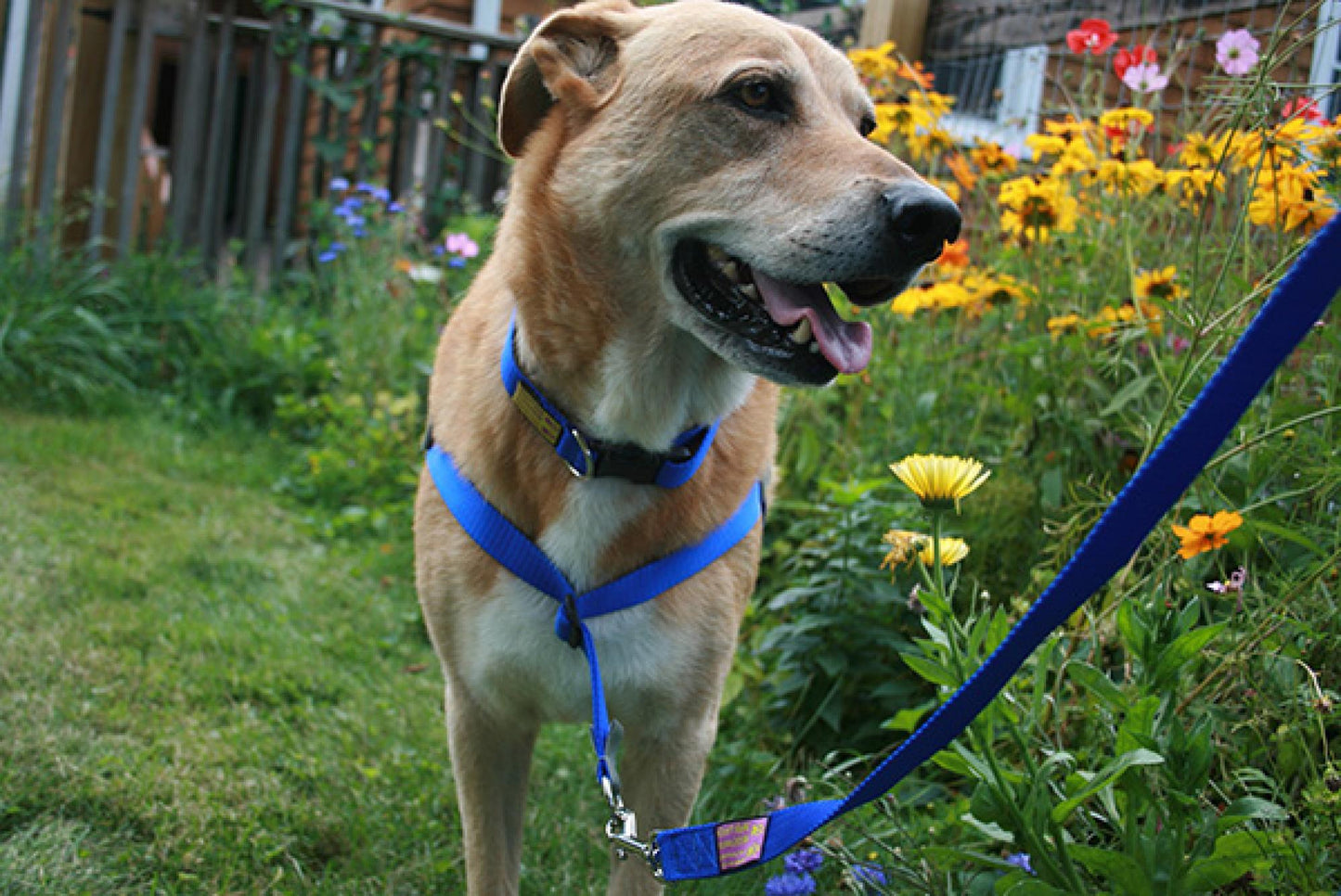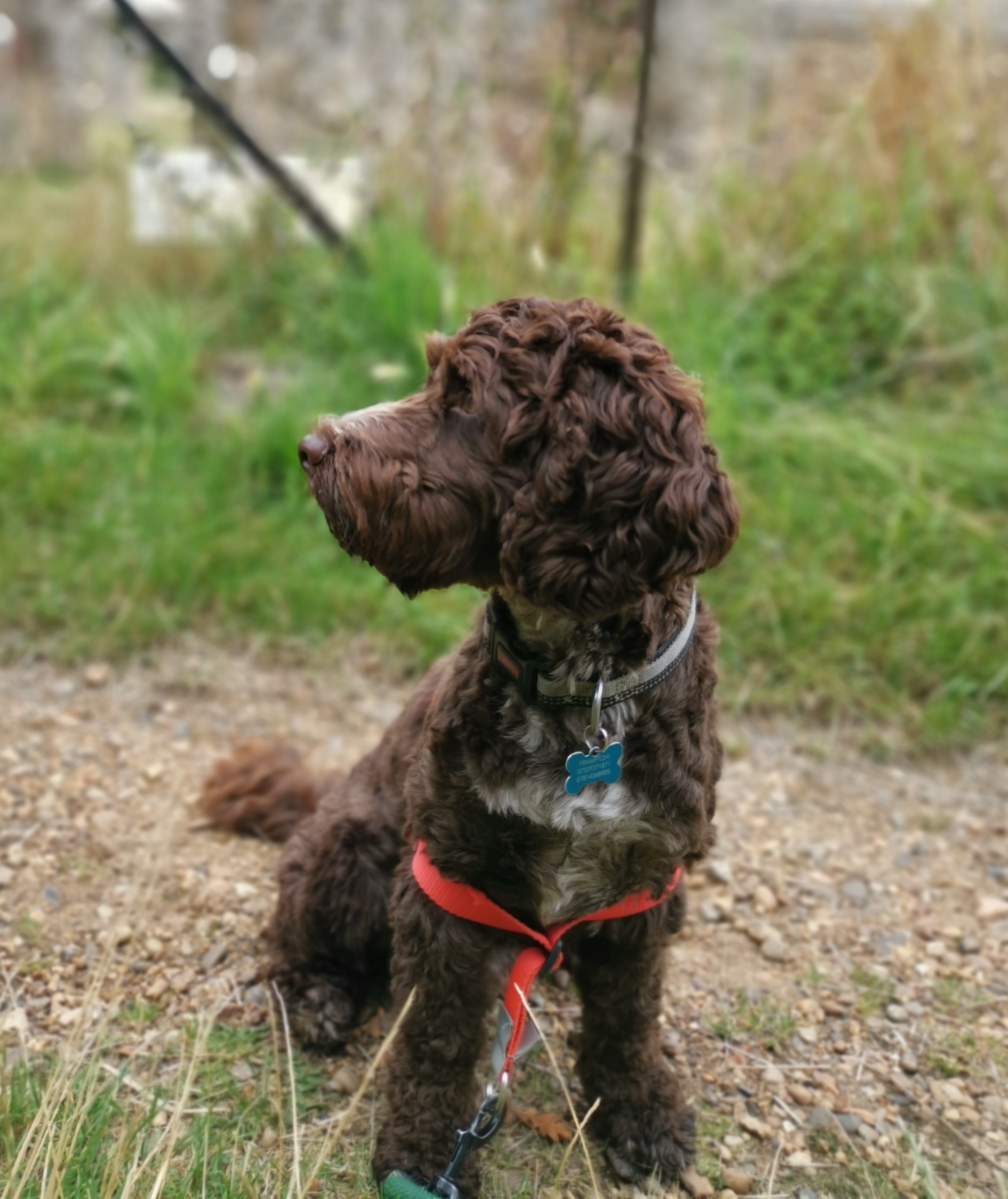Introduction:
As the sun glistens on the water's surface and the inviting waves beckon, the allure of swimming is undeniable. Whether you're a water enthusiast or introducing your canine companion to aquatic adventures, safety should always be a top priority. In this article, we'll explore essential tips and guidelines to ensure safe swimming experiences for both you and your furry friend.
1. Know Your Dog's Comfort Level:
Not all dogs are natural swimmers, and each pup has its own comfort level in the water. Before heading to deeper waters, gauge your dog's response to shallower areas. Some breeds are more predisposed to swimming, while others may need more time to acclimate. Always respect your dog's pace and never force them into the water.
2. Invest in a Canine Life Jacket:
For dogs new to swimming or those with less buoyancy, a canine life jacket is a wise investment. These specially designed jackets provide additional support and ensure that your dog stays afloat, boosting their confidence and allowing them to enjoy the water safely.
3. Choose Safe Swimming Locations:
Not all bodies of water are created equal, and choosing safe swimming locations is crucial. Opt for areas with calm waters, minimal currents, and no hazardous debris. Check for designated dog-friendly beaches or swimming spots that allow for a positive and secure environment for your pup.
4. Gradual Introduction to Water:
If your dog is new to swimming, introduce them to the water gradually. Start in shallow areas where they can wade and gradually move into deeper sections as they become more comfortable. Use positive reinforcement, treats, and toys to create a positive association with the water.
5. Teach Recall Commands:
Strong recall commands are essential for off-leash swimming. Ensure that your dog responds reliably to commands like "come" or "here" before allowing them off-leash near water. This is especially crucial in open spaces where unexpected currents or distractions may pose risks.
6. Supervise at All Times:
Never leave your dog unattended near water, even if they are proficient swimmers. Accidents can happen, and constant supervision is key to preventing potential dangers. Keep a watchful eye on your pup, especially in unfamiliar or dynamic water environments.
7. Rinse After Swimming:
After a refreshing swim, rinse your dog thoroughly to remove chlorine, salt, or other chemicals that may irritate their skin. Pay special attention to their ears, paws, and underbelly. Freshwater rinses help maintain your dog's coat health and prevent skin issues related to prolonged exposure to pool or ocean water.
8. Avoid Strong Currents and Tides:
When choosing a swimming location, be mindful of strong currents and tides. These natural forces can pose risks to both you and your dog. Always choose areas with gentle currents and avoid swimming in areas known for strong undertows or unpredictable tides.
9. Watch for Signs of Fatigue:
Swimming can be physically demanding for dogs, especially if they are not accustomed to it. Watch for signs of fatigue, such as slowed movements, excessive panting, or struggling to stay afloat. Allow your dog breaks and encourage them to rest if needed.
10. Learn Pet CPR:
In case of emergencies, knowing basic pet CPR can be invaluable. Familiarize yourself with the proper techniques, and consider taking a pet CPR course to be well-prepared in case of any unforeseen incidents.
Conclusion:
Swimming with your dog is a delightful activity that fosters bonding and provides a fantastic outlet for physical exercise. By prioritizing safety through gradual introductions, proper equipment, and vigilant supervision, you can create a positive and secure environment for your canine companion to enjoy the wonders of swimming. So, gear up, dive in, and make a splash – together, you and your dog can create lasting memories of aquatic adventures.










